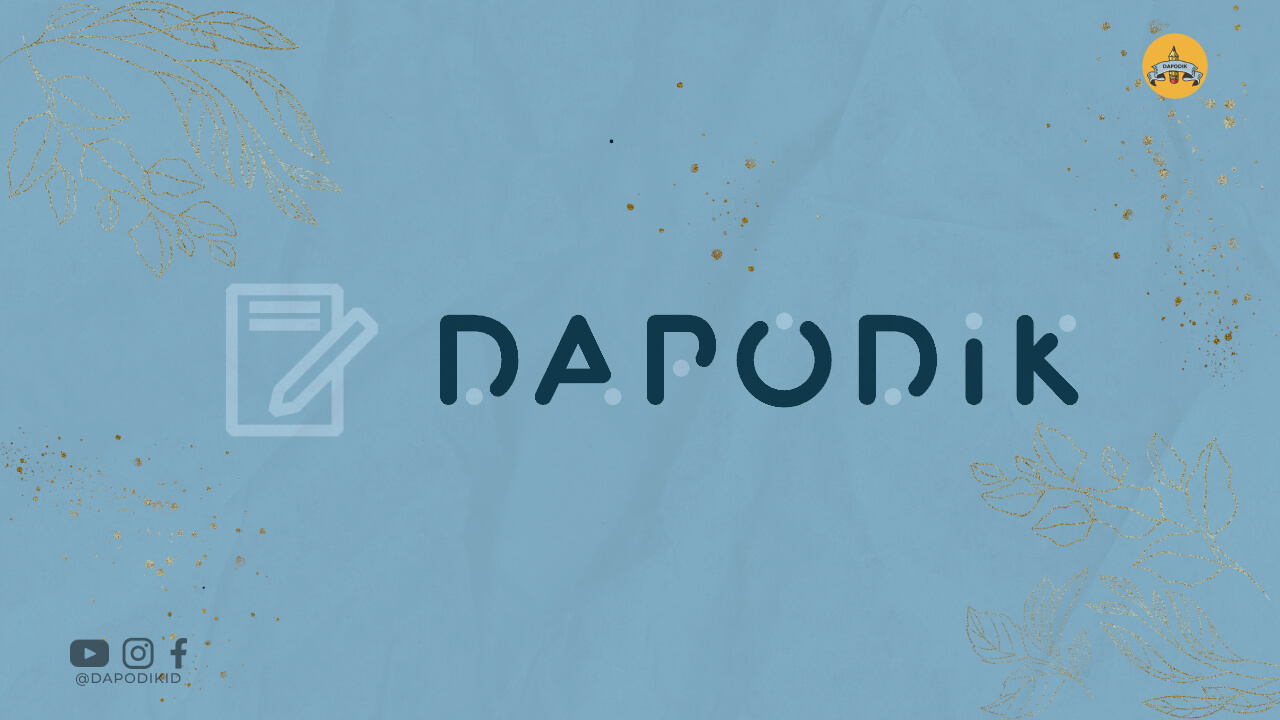Introduction
Language is an incredible tool that allows us to communicate, express our thoughts, and connect with people from different cultures and backgrounds. However, language barriers can often hinder effective communication and limit our ability to understand and be understood. This is where translation comes to the rescue!
What is Translation?
Translation is the process of converting text or speech from one language into another while preserving its meaning and intent. It plays a vital role in bridging the gap between different languages and cultures, enabling effective communication and fostering global understanding.
The Importance of Translation
Translation is crucial in various aspects of life, including business, education, travel, and diplomacy. It allows companies to reach a wider audience, students to learn from different resources, travelers to navigate foreign lands, and diplomats to negotiate and build relationships across borders.
Types of Translation
Translation can be categorized into several types, including:
1. Literary Translation: This involves translating literary works such as novels, poems, and plays, capturing the essence and style of the original piece.
2. Technical Translation: This focuses on translating technical and specialized content, such as scientific research papers, user manuals, and engineering documents.
3. Legal Translation: Legal translation deals with translating legal documents, contracts, court proceedings, and other legal texts.
4. Website Localization: It involves translating websites and adapting them to the cultural and linguistic preferences of the target audience.
5. Medical Translation: This type of translation deals with medical documents, research papers, patient records, and pharmaceutical materials.
The Role of Translators
Translators are skilled professionals who take on the challenging task of converting text or speech from one language to another. They possess an in-depth understanding of both the source and target languages, as well as the cultural nuances and context associated with them. Translators ensure accurate and contextually appropriate translations, helping to bridge the gap between languages and cultures.
Challenges in Translation
Translation is not without its challenges. Some common hurdles include:
1. Idiomatic Expressions: Translating idiomatic expressions can be tricky as they often don’t have a direct equivalent in the target language.
2. Cultural Nuances: Different cultures have unique ways of expressing ideas, and translators need to be aware of these nuances to convey the intended meaning accurately.
3. Subject Matter Expertise: Certain fields require translators to possess specialized knowledge to accurately translate technical or industry-specific terms.
4. Time Constraints: Translating large volumes of text within tight deadlines can put pressure on translators, potentially affecting the quality of the final output.
The Impact of Technology on Translation
Advancements in technology have revolutionized the translation industry, making the process more efficient and accessible. Translation tools, such as CAT (Computer-Assisted Translation) software, aid translators in managing terminology, improving consistency, and increasing productivity. Machine translation, while not perfect, has also made significant strides, providing quick translations that can serve as a starting point for human translators.
Choosing a Reliable Translation Service
When seeking translation services, it is crucial to choose a reliable and professional provider. Consider factors such as their expertise in the required languages, subject matter, and their adherence to deadlines. Reading client reviews and testimonials can also provide insights into the quality of their work.
The Future of Translation
As the world becomes increasingly interconnected, the demand for translation services is expected to grow. Artificial Intelligence (AI) and machine learning algorithms will continue to enhance machine translation capabilities, but human translators will remain essential for accurate and culturally sensitive translations. The future of translation holds promising possibilities, facilitating seamless communication and understanding across the globe.
Conclusion
Translation is a powerful tool that helps break down language barriers, fostering effective communication and understanding between individuals and cultures. It plays a crucial role in various aspects of life, from business to education and beyond. As technology continues to advance, the translation industry will evolve, but the need for skilled translators will persist. So, let’s embrace the world of translation and celebrate the diversity it brings!

